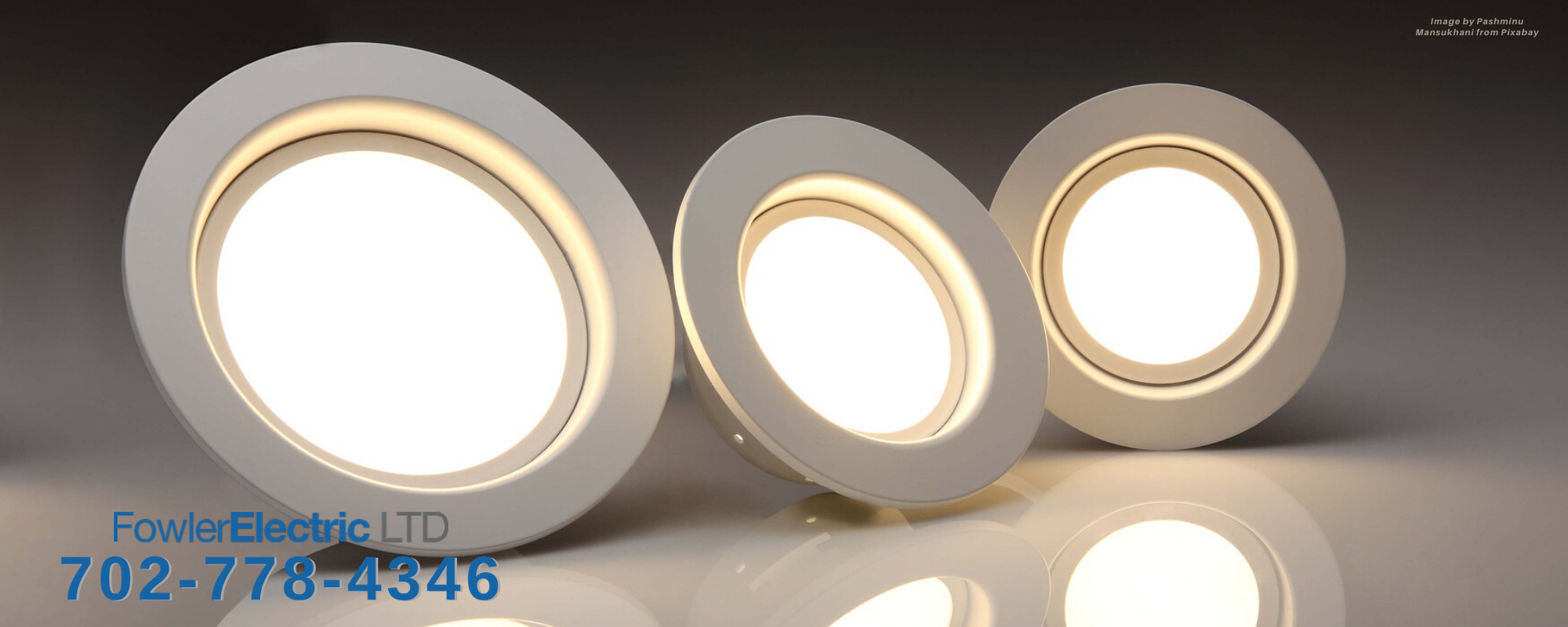If you’ve made the switch to LEDs, or if you’re planning to, you may have come across the term “lumens.” Lumens are a measurement of the brightness of a light, but shouldn’t be confused with watts.
Look at Lumens Not Watts
For decades, we’ve all grown accustomed to purchasing and using traditional, incandescent bulbs, and have gotten used to thinking of watts as a measure of brightness. The higher the watts, the brighter the light, right? Well, it seems so, as far as incandescents go.
Actually, a watt is the measure of how much power a lightbulb (or any electric device) uses. As it happens, with incandescent lights, that also translates to brightness. Not so with LEDs. To judge the brightness of an LED you’ll want to get familiar with lumens instead of watts.
The brightness of light is measured in lumens. If you just look at the watts listed in LED bulbs, you may think the light is going to be much dimmer than you’re used to, but actually, it will be much brighter. Traditional bulbs average 8 lumens per watt. LEDs on the other hand average 140 lumens per watt.
So if you replace a 100 watt (1500 lumen) traditional incandescent light bulb with a 14 watt (1500 lumen) LED light bulb, you’ll get about the same brightness of light, but use only 14% of the energy it takes to power the light.
So why are LEDs so much more efficient?
LEDs, or Light Emitting Diodes, work by converting electric energy directly into light. Regular incandescent bulbs work by heating a filament in the bulb. This creates heat, and the light is a byproduct of that heat. The fact that LEDs produce less heat makes them more efficient. In effect, they skip the middleman that is the burning filament, so they can produce far more lumens per watt.
All bulbs vary some depending on the manufacturer, but you can see an estimation of watts to lumens in the chart below.

Whether you prefer a 40, 60 or 75 watt bulb, look for the lumens on the LED bulb package instead.
If you’re interested in upgrading to LEDs, give Fowler Electric a call today or schedule an estimate below. Upgrading to LEDs has many benefits and is something every home and business owner should consider. Just remember, think lumens, not watts!

Schedule a Free Estimate Below

I’m impressed, I must say. Rarely do I encounter a blog that’s equally educative and interesting, and let me tell you, you’ve hit the nail on the head. The issue is something which not enough men and women are speaking intelligently about. I am very happy that I came across this during my search for something relating to this.